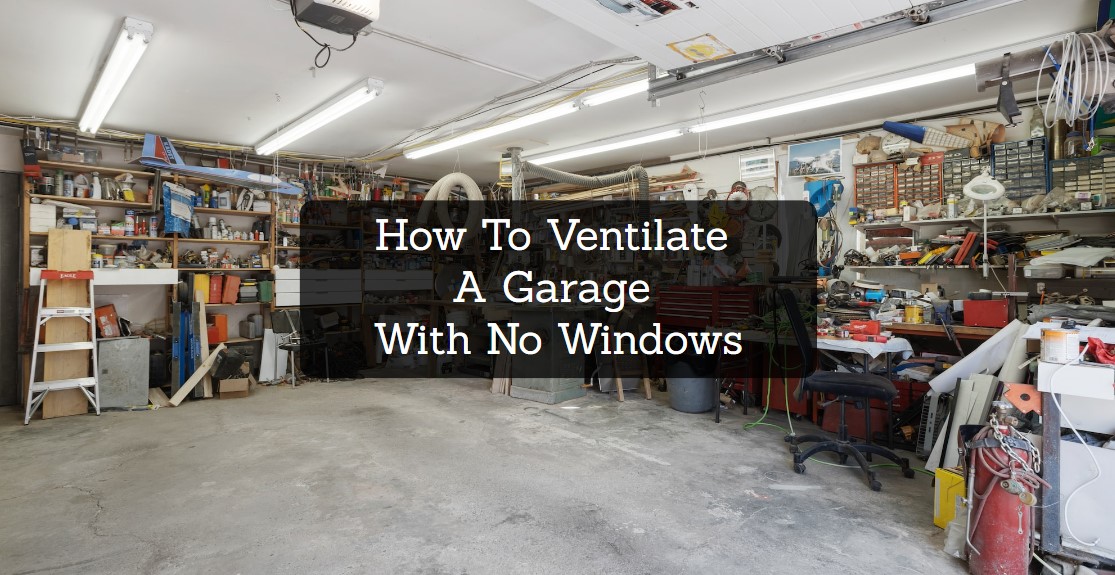Ventilation in garages, particularly those without windows, is essential for maintaining a healthy and safe environment. Proper ventilation plays a critical role in ensuring air quality, controlling temperature, and reducing hazards, which is especially important in enclosed spaces.
In garages without windows, air quality can become compromised due to the accumulation of pollutants such as vehicle emissions, chemicals from paints or solvents, and dust from various activities. Without adequate ventilation, these pollutants can lead to health risks like respiratory issues and headaches. The Quietest Garage Fans will complete the atmosphere.
Importance of Ventilation in a Garage
- Fume Dispersion: Cars, lawnmowers, and other gasoline-powered equipment stored in garages emit carbon monoxide (CO), a colorless, odorless gas that can be deadly in high concentrations. Paints, solvents, and other chemicals commonly stored in garages also release fumes that can be harmful if inhaled. Adequate ventilation ensures these fumes are dispersed, significantly reducing the risk of CO poisoning and exposure to other toxic vapors.
- Humidity Control: Garages are prone to humidity due to the lack of air circulation. This can lead to condensation, which promotes mold and mildew growth. Over time, excessive moisture can damage the garage structure, tools, and stored items. Proper ventilation helps in maintaining a balanced humidity level, protecting both the structure and its contents.
- Temperature Regulation: In areas with extreme weather conditions, garages can become uncomfortably hot or cold. Proper ventilation helps regulate the temperature, making the space more comfortable and protecting items that might be sensitive to temperature extremes, such as electronics or certain types of chemicals.
- Dust and Pollutant Reduction: Garages often accumulate dust and other particulates from vehicles, DIY projects, and storage items. Without proper ventilation, these particles remain suspended in the air, posing a health risk and making the space less pleasant to use. Ventilation helps in filtering out these particulates, maintaining cleaner air.
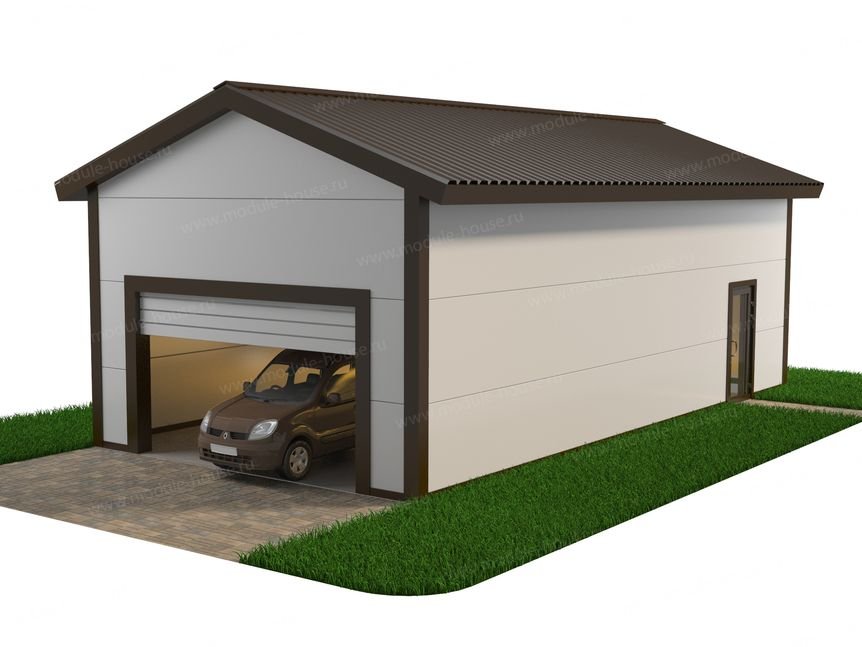
You may also like: 7 Best Garage Exhaust Fans
Signs of Poor Ventilation in a Garage
Recognizing the signs of inadequate ventilation can help you take timely action to improve the air quality and safety of your garage. Some of the common signs include:
- Persistent Odors: If you notice lingering odors from vehicles, chemicals, or mustiness, it’s a sign that the air in your garage is not being refreshed adequately. These odors indicate that pollutants are not being expelled effectively.
- Visible Mold and Mildew: Excess humidity due to poor ventilation can lead to the growth of mold and mildew. If you notice any greenish-black spots on walls, ceilings, or items stored in the garage, it’s a clear sign of moisture problems likely due to inadequate ventilation.
- Condensation on Windows and Walls: Condensation occurs when there’s excess humidity. If you frequently see droplets of water on windows, walls, or metal surfaces in the garage, it means the space is too humid and lacks sufficient airflow.
- Stale or Stuff Air: If the air in your garage feels heavy or stale, it’s a sign that it’s not being circulated properly. Fresh air should be able to move in while old air moves out, and if this isn’t happening, the ventilation is likely inadequate.
- Temperature Extremes: If your garage becomes excessively hot in the summer or too cold in the winter, it could be due to poor air circulation. Proper ventilation helps in moderating these temperature fluctuations.
- Health Symptoms: If you or others experience headaches, dizziness, or respiratory issues after spending time in the garage, it could be a sign of poor air quality due to inadequate ventilation.
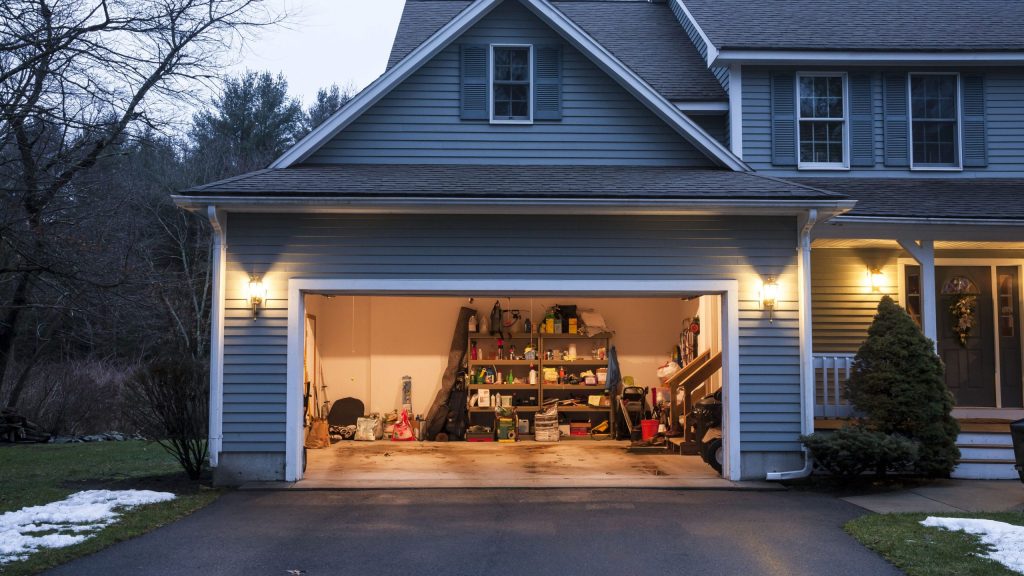
Understanding Ventilation Needs
Before diving into solutions, it’s important to understand why ventilation is necessary. Garages often house vehicles, lawn equipment, and various chemicals like paints and solvents, all of which can release harmful fumes. Additionally, if you use the garage as a workshop, activities like welding or woodworking can further compromise air quality. Ventilation helps to expel these pollutants and bring in fresh air.
One of the most straightforward approaches to ventilating a windowless garage is through passive ventilation. This method leverages natural air currents to create airflow without mechanical assistance.
A popular choice in passive ventilation is the installation of air bricks or wall vents. Air bricks are specially designed bricks with built-in holes that allow air to circulate through them. By strategically placing these bricks in the garage walls, one can facilitate cross-ventilation, drawing fresh air in and pushing stale air out. Similarly, wall vents, which are typically larger than air bricks, can be installed at different heights on the walls to optimize airflow.
However, in many cases, passive ventilation alone might not suffice, especially in garages used for high-intensity activities like woodworking or automobile repairs, which produce significant amounts of dust and fumes. In such situations, active mechanical ventilation becomes necessary. The most common form of active ventilation is the use of exhaust fans.
These can be mounted on the ceiling or high up on the walls, where they work effectively to draw out stale air from the garage. The placement of these fans is crucial. Ideally, they should be located opposite the air intake source, such as air bricks or vents, to ensure a thorough circulation of air throughout the space.
Another active ventilation solution is the installation of an air conditioning unit. While primarily used for temperature control, air conditioners also help in air circulation and filtering, thus contributing to the overall air quality in the garage. Portable or fixed air conditioners can be a good investment, not just for comfort during extreme temperatures, but also for their role in maintaining a healthy air environment.
The garage door itself can be modified to aid in ventilation. Installing vents in the garage door is a simple yet effective way to allow air to move in and out of the space. Another option is to use weather stripping that is designed to allow air passage. This not only facilitates ventilation but also prevents pests and dust from entering the garage.
In addition to wall and door modifications, the roof can be utilized for ventilation purposes. Roof vents are particularly effective in expelling hot air that naturally rises to the top of the garage. Static roof vents are a non-mechanical option that can be installed at the highest point of the roof to allow hot air to escape. Alternatively, turbine vents, which use wind power to draw air upwards, can be installed. These are especially effective in areas with regular wind flow.
You may also like: 7 Best Smart TVs for Garage
In regions with high humidity, the air inside a garage can become uncomfortably damp, leading to mold and mildew issues. In such cases, using a dehumidifier can help maintain a comfortable environment and prevent moisture-related problems. Dehumidifiers work by removing excess moisture from the air, thus improving the overall air quality and comfort of the space.
Air purifiers, particularly those equipped with HEPA filters, are an excellent addition to a garage ventilation system. They are effective in removing airborne particles, dust, and even fumes, significantly improving the air quality. This is especially beneficial in garages used for activities that generate fine particles or use chemicals that can be harmful when inhaled.
Regardless of the ventilation methods chosen, regular maintenance is key to ensuring their effectiveness and longevity. Vents, fans, air conditioners, and other equipment should be cleaned and checked regularly for any blockages or malfunctions. This not only ensures efficient operation but also extends the life of the equipment.
Safety should always be a top priority when installing and maintaining ventilation systems. All electrical installations, particularly those involving mechanical ventilation systems like exhaust fans and air conditioners, should be done with safety in mind and, if necessary, by a professional. It’s also important to adhere to local building codes and regulations to ensure that all modifications and installations are compliant and safe.
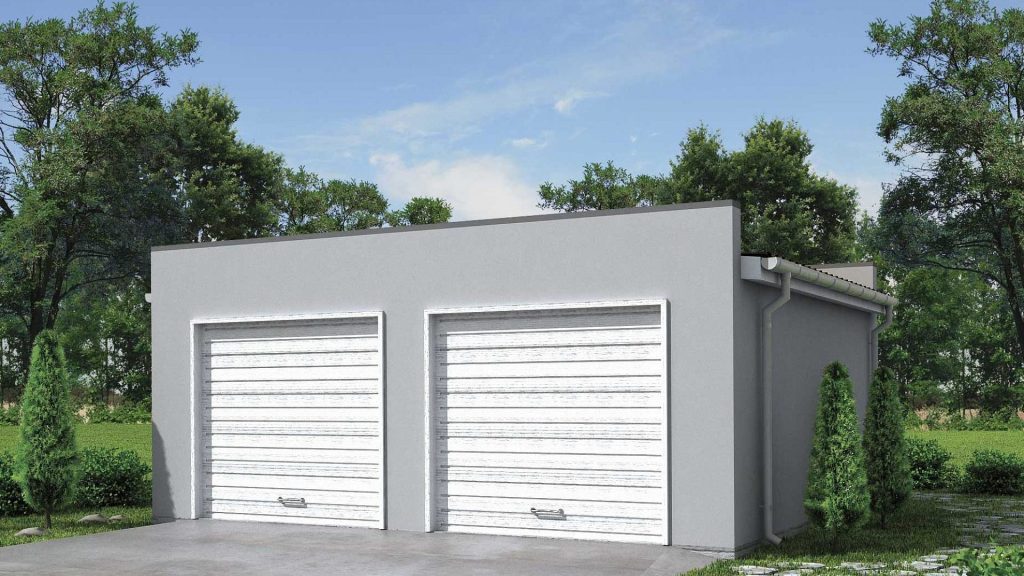
You may also like: 7 Best Faux Garage Door Windows
To describe it shortly, you can read the ways of ventilation also here:
Passive Ventilation Methods
- Air Bricks and Wall Vents: Installation of air bricks and wall vents facilitates natural cross-ventilation by allowing air to circulate through the walls.
Active Mechanical Ventilation
- Exhaust Fans: Ceiling or wall-mounted fans draw out stale air, ideally placed opposite to air intake sources for optimal airflow.
- Air Conditioning Units: These aid in air circulation and filtering, improving air quality alongside temperature control.
Garage Door Modifications
- Door Vents: Installing vents in the garage door allows for additional air movement.
- Ventilated Weather Stripping: This prevents pests and dust while allowing air passage.
Roof Ventilation
- Static Roof Vents: Non-mechanical vents placed at the roof’s highest point let out hot air.
- Turbine Vents: Wind-powered vents effectively draw air upwards, especially in windy areas.
Humidity and Air Quality Control
- Dehumidifiers: Useful in high humidity areas to remove excess moisture and prevent mold.
- Air Purifiers: HEPA filter-equipped purifiers significantly improve air quality by removing particles and fumes.
Maintenance and Safety
- Regular cleaning and checks of ventilation systems are essential for efficiency and longevity.
- All installations should adhere to safety standards and local building codes, with electrical installations ideally done by professionals.
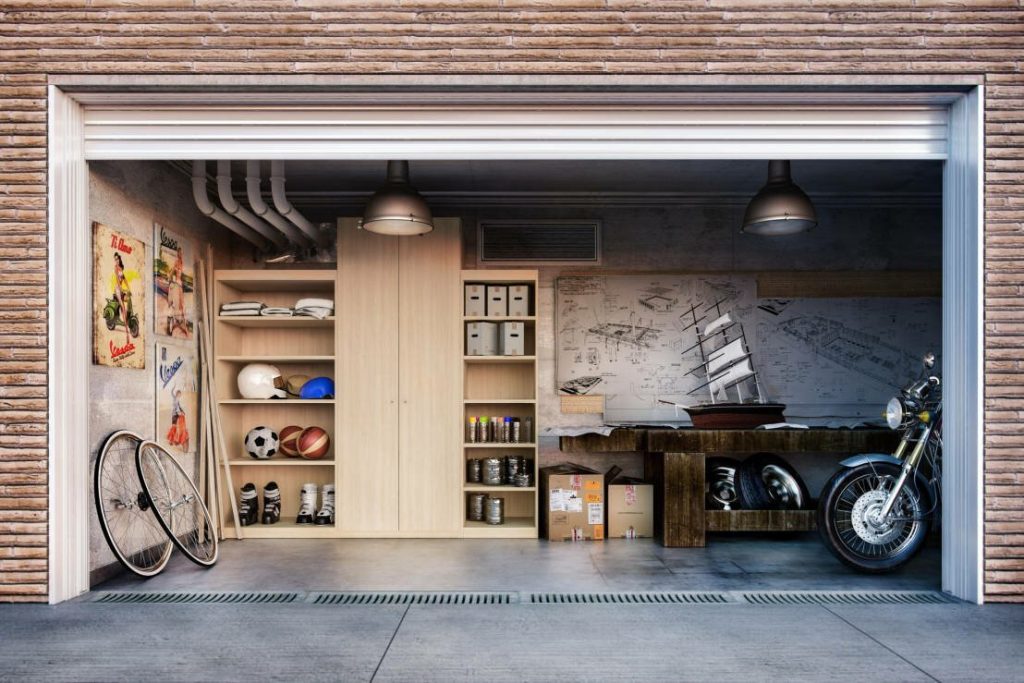
You may also like: 7 Best Garage Door Window Insert Kits
Step-by-Step Instructions for Ventilating a Windowless Garage
- Assess Your Needs: Determine the primary use of your garage and the level of ventilation required.
- Choose Ventilation Methods: Based on your assessment, decide on a combination of passive and active ventilation methods.
- Installation of Air Bricks or Wall Vents:
- Select appropriate locations for air bricks or vents, ideally on opposite walls for cross ventilation.
- Cut openings in the garage walls as per the size of the bricks or vents.
- Install the air bricks or vents and secure them in place.
- Setting Up Mechanical Ventilation:
- For exhaust fans, identify the highest point on a wall or in the ceiling.
- Cut an opening and install the fan, ensuring it is electrically safe and secure.
- For air conditioners, select a suitable location and ensure it is properly installed and vented.
- Modifying the Garage Door:
- Install door vents or ventilated weather stripping along the bottom and sides of the garage door.
- Installing Roof Vents:
- Identify the highest point of the roof.
- Cut openings for static or turbine vents.
- Securely install the vents and ensure they are weatherproof.
- Implement Humidity Control:
- Place a dehumidifier in the garage, especially if you live in a humid area.
- Air Quality Management:
- Position an air purifier in the garage, ideally near the work area.
- Regular Maintenance:
- Regularly clean and check all ventilation systems for any blockages or malfunctions.
- Safety Checks:
- Review all installations for compliance with local codes.
- Ensure electrical safety for any powered ventilation systems.
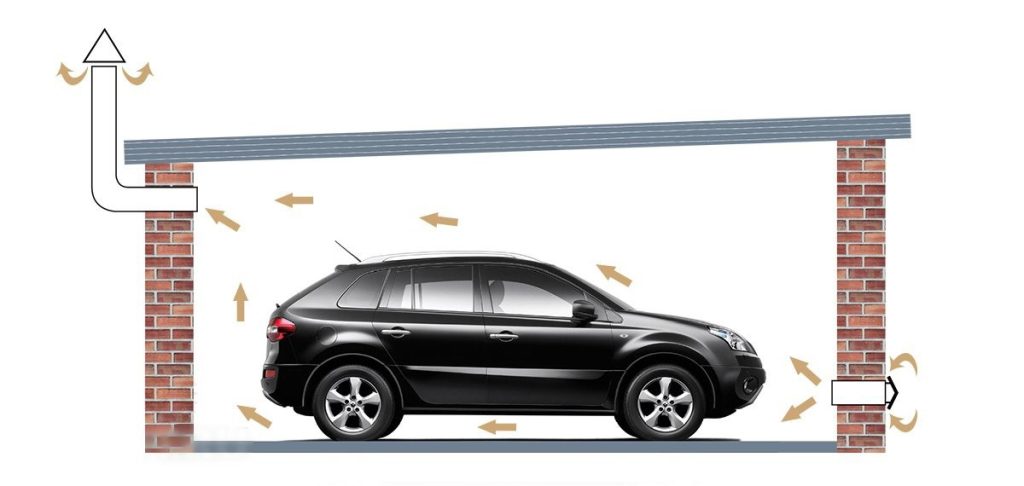
By following these steps, you can effectively ventilate your windowless garage, creating a safer and more comfortable environment for various uses. Remember, the key to effective ventilation is a combination of methods tailored to your specific needs and regular maintenance.
FAQ for ventilation tools buyers
What are effective ways to ventilate a garage that lacks windows?
Ventilating a garage without windows can be challenging, but there are several effective methods. One approach is to install an exhaust fan, which helps pull out stale air and bring in fresh air from outside. Another option is to use portable fans or ceiling fans to circulate air within the garage. Additionally, installing vents in the garage walls or roof can facilitate air exchange.
Can adding insulation help in ventilating a windowless garage?
While insulation itself does not ventilate a garage, it can significantly aid in maintaining a more stable temperature. Proper insulation keeps the garage cooler in summer and warmer in winter, reducing the need for extensive ventilation. However, it’s important to couple insulation with some form of air circulation system to prevent air stagnation.
Is it safe to use air conditioning units in a garage without windows?
Using an air conditioning unit in a windowless garage can be safe, but it requires careful planning. Portable or split AC units can be effective, but they must have proper ventilation to the outside to function safely and efficiently. It’s crucial to ensure that the AC unit does not recirculate potentially harmful fumes from garage activities, and that it’s regularly maintained for optimal performance.

